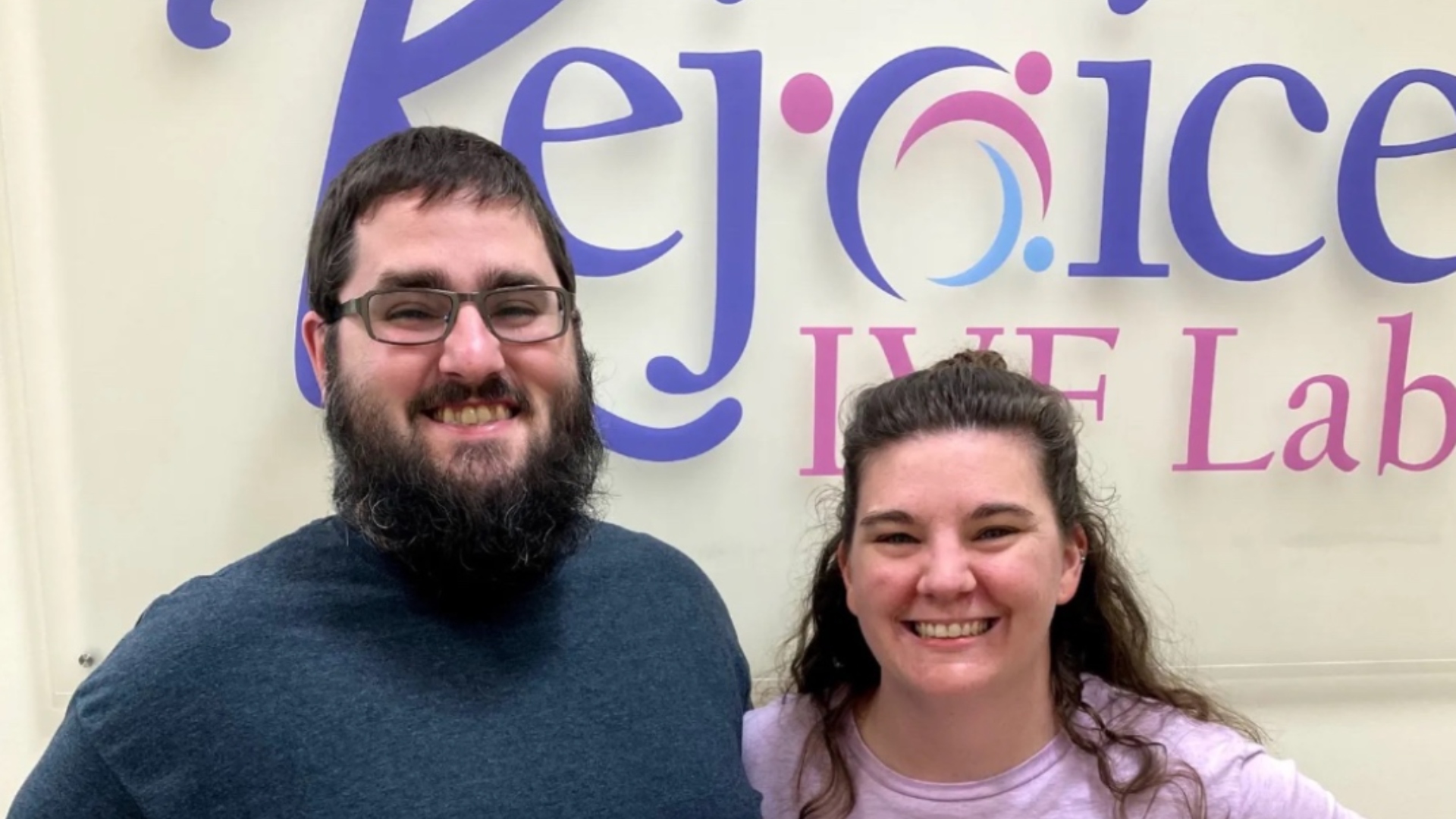
In the early 1990s, Linda Archerd, now 62, struggled with infertility. At the time, she and her husband decided to try a fairly new technology called in-vitro fertilization. Together, they created four embryos, implanting one in 1994. The others remained frozen until Lindsey Pierce and her husband, Tim Pierce, “adopted” them. The adoptive couple’s miracle arrived in July 2025, marking the birth of the oldest embryo ever to produce a healthy baby.
According to the MIT Technology Review, Archerd gave birth to a baby girl more than 30 years ago after implanting one embryo. “I always wanted another baby desperately,” she explained. “I called them my three little hopes.”
But her ex-husband didn’t feel the same, and in their divorce settlement, she got custody of the three remaining embryos. Archerd hoped to find a partner who wanted to raise another child and paid about $1,000 a year in storage fees to keep the embryos frozen. As she approached menopause, she looked into embryo adoption.
Because the embryos contained her DNA, she felt passionate about an adoption where she had a hand in selecting the parents. After striking out with several places, she found the Snowflakes program run by the Nightlight Christian Adoptions agency. But there was a caveat, they required Archerd’s medical records.
She remembered the doctor’s phone number who helped her decades ago, and thankfully for her, he was still practicing. He located Archerd’s medical records and helped her move forward with the embryo adoption.
“Some of [the records] were handwritten,” she recalled.
Beth Button, executive director of the Snowflakes program, told the MIT Technology Review Archerd hoped for a Caucasian Christian couple to adopt her embryo.
“I would say that over 90% of clinics in the US would not have accepted these embryos,” Button explained. Ultimately, they found a match with Lindsey and Tim Pierce.
The couple said they weren’t picky, they just hoped to become parents. “We check-marked anything and everything,” Tim Pierce said.
Lindsey Pierce agreed and said she never considered the embryo’s age. “We thought it was wild,” Lindsey Pierce added. “We didn’t know they froze embryos that long ago.”
Lindsey and Tim Pierce worked with Rejoice Fertility in Knoxville, Tennessee. They had to travel from their home in Ohio several times during a two-week period to prepare for embryo transfer. The couple adopted all three of Archerd’s remaining embryos. One did not survive the thaw, and doctors transferred the remaining two. One successfully implanted, and the couple welcomed their son Thaddeus Daniel Pierce on July 26.
“We didn’t go into it thinking we would break any records,” Lindsey Pierce said. “We just wanted to have a baby.”
Arched told MIT Technology Review she hasn’t met the new baby, but hopes to soon. When she saw this picture and compared it to her daughter’s baby pictures, the family resemblance shocked her. “There is no doubt that they are siblings,” she said.




